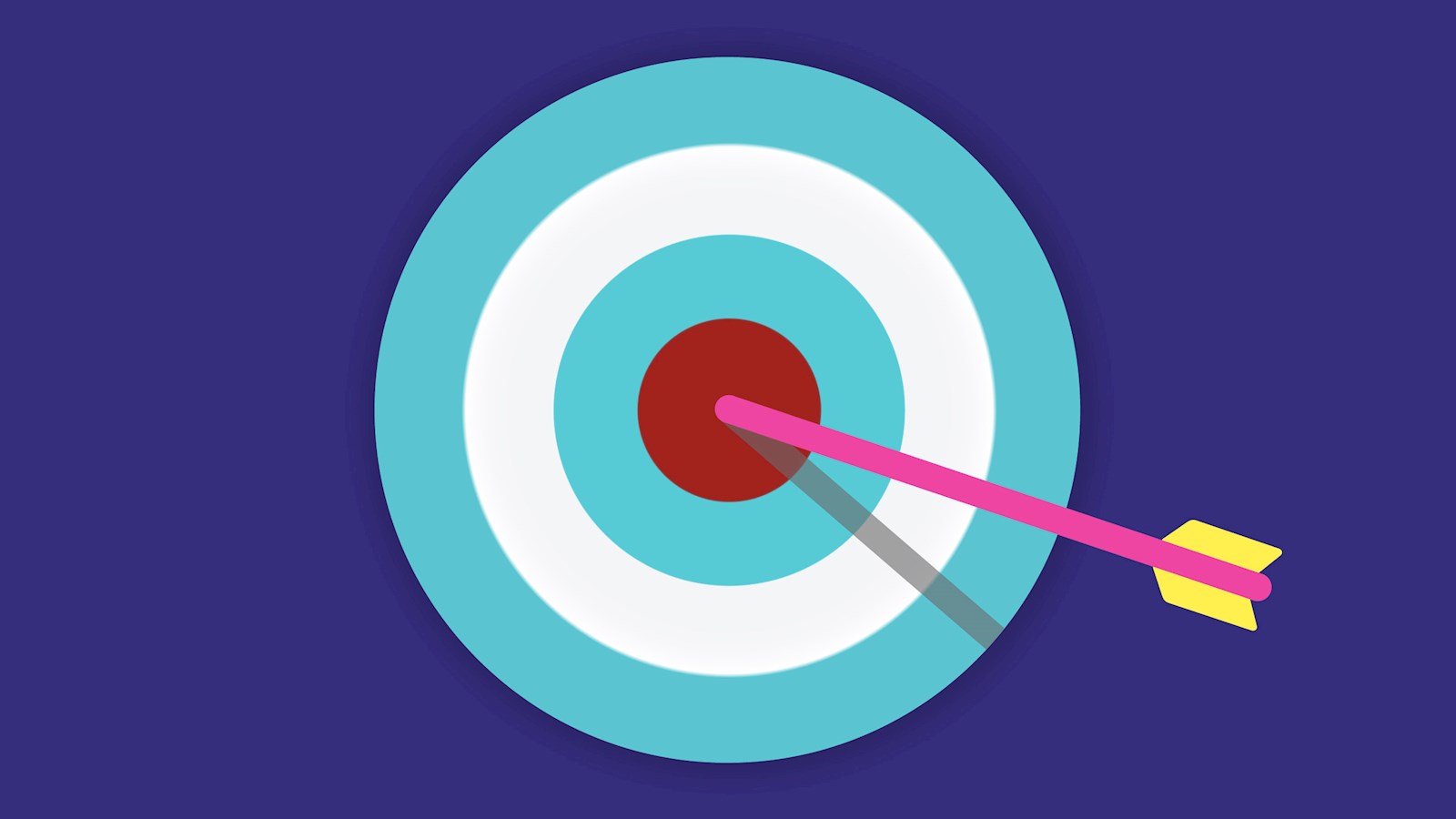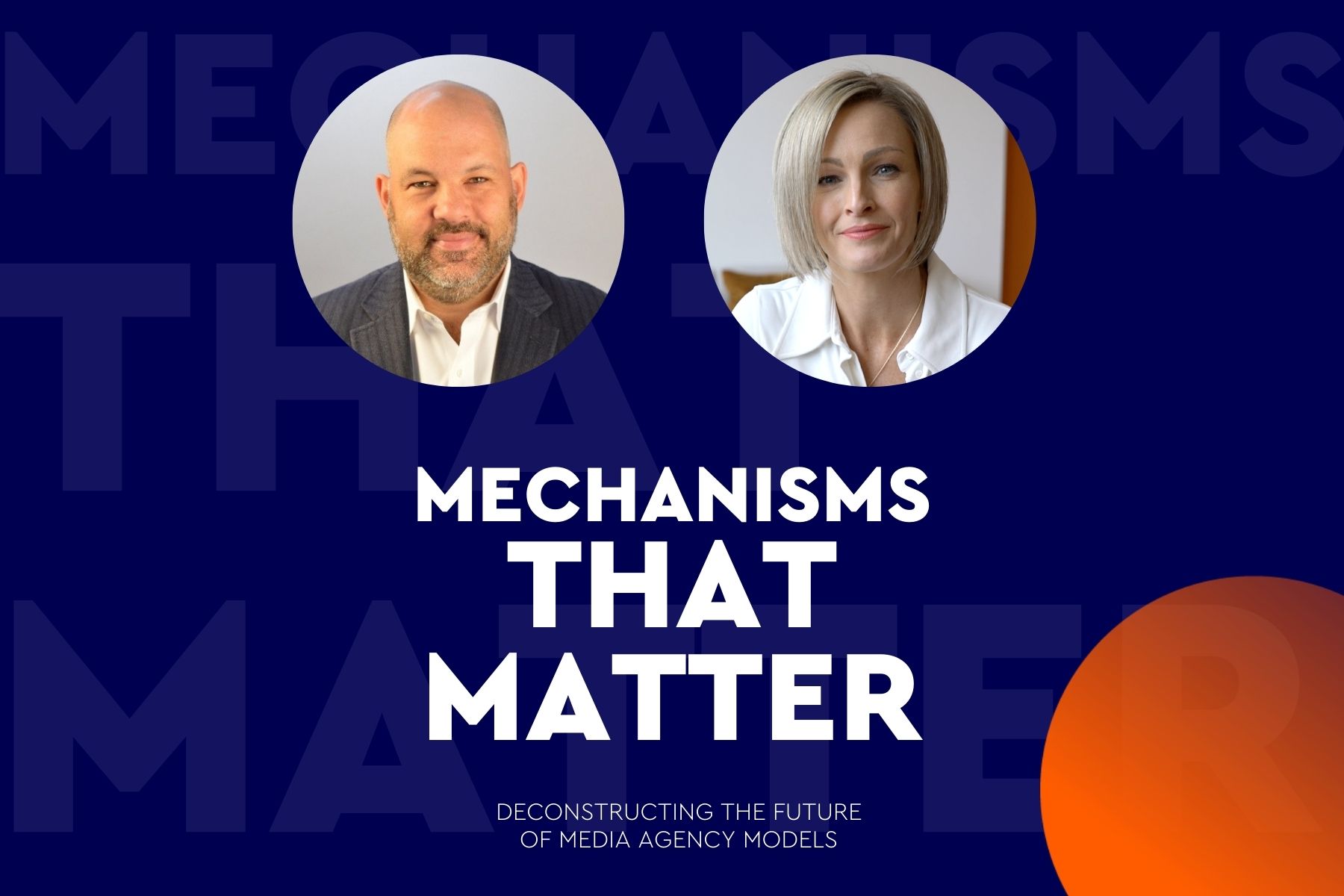
Media effectiveness during COVID-19
What should advertisers and media owners be considering during these challenging times?
As Nigel Hollis said in his How brands can survive the COVID-19 crisis article, marketers must understand what help consumers might need, and how they might expect the brand to respond. And advertisers need to consider carefully whether they should advertise, and how.
Where brands can do something beneficial or purposeful, they may choose to publicise what they are doing in an appropriate and measured way. For example, LVMH has converted its perfume factory to make hand sanitiser. Disney+ has launched in the UK with a low-price introductory offer for a year’s subscription, and the BBC has just delayed their planned TV Licence Fee charge for the over-75s while the over-70s have been asked to self-isolate. We may also see more paywalls coming down: cable provider Vectra in Poland has decoded six cartoon channels for two weeks to support parents with children stuck at home. In the short-term, it’s accepted that there will be huge disruption to most industry categories. And it’s also not known how long lasting this will be, or whether this is the new normal.
What changes are we seeing in campaign plans?
We are seeing important shifts in media plans, notably in cinema (removal from plans where cinemas are shut, or a change in the plan where movies have been cancelled) and OOH (reduction or removal as people stay at home and away from the usually high traffic sites). In France, Clear Channel have stopped printing and displaying OOH to protect their employees.
Those who are postponing or cancelling planned campaigns include companies in the travel or airline categories. And where live events are cancelled, like sporting events or even the FIFA eWorld Cup events, the sponsorship market will also be affected.
In many markets we see media plans moving towards a primary shift to ‘at home’ channels. Where people are in lockdown or have to self-isolate, they turn to TV, streaming services, online, social radio and podcasts. In China there were recorded rises in TV and online usage. In Spain on 15 March, Kantar reported average household viewing of six hours. And in Italy, linear/connected/streamed TV usage is reported to be up by around 35%.
As people will be looking to those channels for information, advice, reassurance, and, over time, forms of entertainment, advertisers need to consider how their message will work in context. It will also be important to understand how reach and frequency changes, and the new synergies that evolve between media channels.
The rise of participation in eSports, including by ‘real’ sports stars, has already started, with virtual Grand Prix races already underway and Steam usership continuing to rise. Brands may choose to shift sponsorship to virtual events, contracts allowing.
Advertisers are now being more sensitive to the context too: in programmatic deals sensitive keywords related to COVID-19 are being excluded. Across other sectors, advertisers are also taking a cautionary approach and requesting omission from COVID-19-related content.
What happens if I come off air for six months?
We have observed previously that brands can ‘go dark’ for six months or so with little deleterious effect. However, this assumes that supply and availability of the product or service stays constant, and this is not currently the case. With voluntary and enforced store and event closures, and consumer demand rapidly shifting to subsistence items rather than luxuries (as we observed in China), there is huge uncertainty as to when things may change to anything resembling a new normal.
Where supply of the product or service is maintained, analysis of our brand guidance database shows that brand health may become vulnerable when a brand stops advertising on TV. However, when the time off-air is six months or less, the effects are minimal. In 40% of these cases, brand health measures are not affected. However, bigger brands are more likely to suffer a decline than smaller brands.
Longer periods off-air are much more likely to be damaging, as demonstrated by an example from the UK insurance market. A regular and reasonably heavy advertiser, this insurance company came off-air, with only one subsequent burst two years later. Consideration levels plummeted over the next few years. So, some brands – especially those where supply is disrupted – will need to think of new and novel ways to maintain their relevance.
What about other touchpoints?
There will not only be shifts in paid-for media. It is important to understand the role of different consumer touchpoints in a fast-changing environment. For example, consumers are likely to place much greater importance on ‘owned’ media channels, in-store messages, online advice and digital assistants.
This piece reflects the current position as of Friday 20 March and will be updated based on emerging evidence and perspectives. It is based on experience from past crises, emerging evidence and third-party sources.
published on
26 March 2020
Category
More in Communications

Rebranding cancer: how brands heal and hurt
Along with consumer brands, the ‘brand’ of condition or event influences us.

Mechanisms that Matter – Inside WPP | Ford’s revolutionary marketing model
How a process created on the factory floor over 70 years ago has transformed ops for the auto giant

How to build your brand in-game
A new research report from WPP and SuperAwesome

